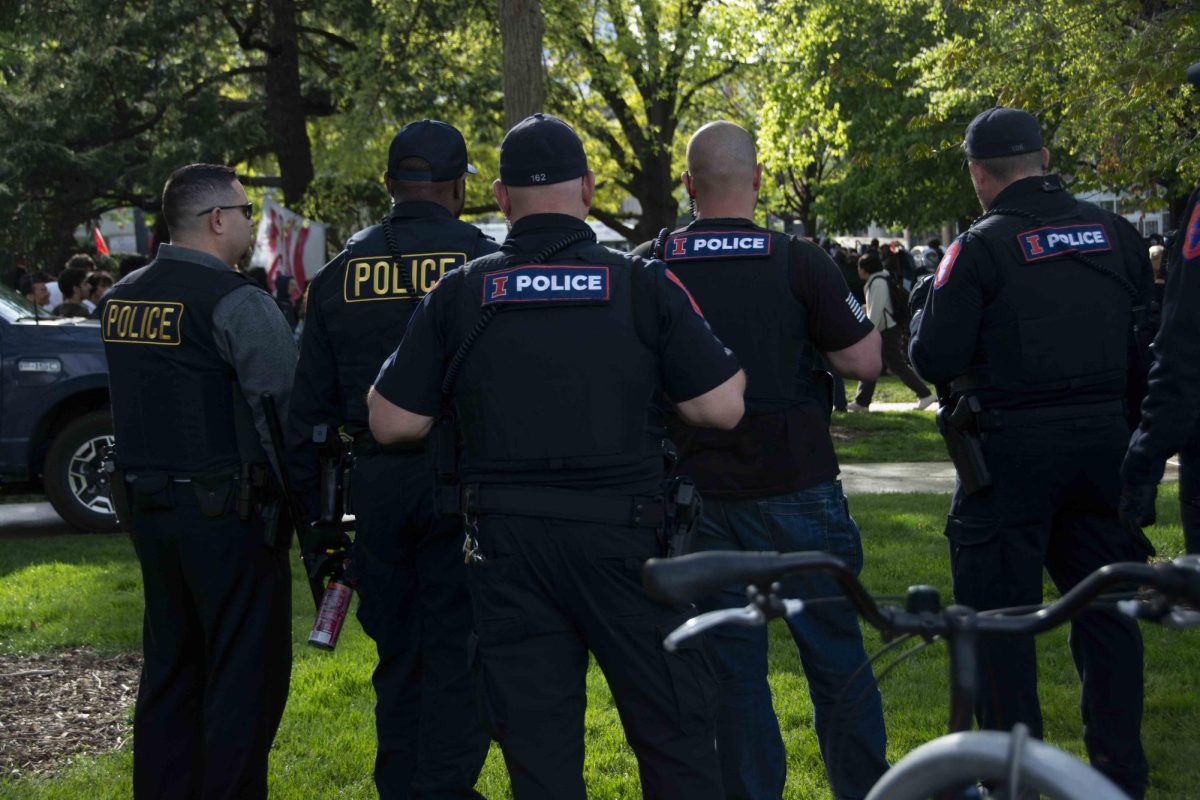The Champaign City Council convened Tuesday evening for a study session to discuss a Champaign Center partnership and a proposed tax levy.
In the past, many nonprofit organizations have been responsible for promoting the downtown and Campustown area, but have been largely unsuccessful due to financial limitations and dependence on volunteers.
The extension of the TIF 2 district, along with the completion of the Second Street component of the Boneyard Creek Master Plan, have provided an opportunity for redevelopment in the area.
City Manager Steve Carter said the city has seen businesses come and go and they can be hard to sustain.
“If we’re really going to be successful in those areas, we need to bring activity there,” he said.
Get The Daily Illini in your inbox!
With increased hope for economic development, the city has proposed a partnership that will merge the downtown, midtown and Campustown areas. The partnership will essentially be an organization which will support and direct these three areas as the urban center of Champaign.
Jill Guth, director of JSM development, led the effort to create what she says will be a market-driven organization.
“We have an opportunity to continue our success and take it to the next level,” she said.
Guth said that JSM does not pay her to write marketing initiatives on a Sunday night, but she knows how important they are to city development.
She said they will be seeking $150,000 in city funding per year for three years.
City staff will ask council to give direction to begin negotiations with the Champaign Center Partnership for an agreement to provide services supported by City TIF and Food and Beverage funding for as long as 3 years.
Guth says the organization will draw funding from businesses and investors in addition to city funding.
“It is my vision to make this organization self-sustaining by year four; it is our plan that private sector support will increase steadily each year,” she said.
Michael LaDue, council member for District 2, said he thinks the organization makes sense.
“I campaigned on the idea of building any conceivable bridge between Campustown and the downtown,” he said.
LaDue added that public investment enhances the value of public property.
“Our office has taken the lead in supporting the activities in downtown and Campustown and we’ll continue taking the lead in supporting those organizations,” said T.J. Blakeman, member of the city planning department.
City staff has also recommended that the council approve a levy of $20,632,100, which would create a city property tax rate of $1.2942. This recommended rate is the same as the current rate.
The levy is based on the Equalized Assessed Value, or EVA, a number that measures the value of the total taxable properties within the city.
The city staff has determined that the EVA is around $1,561,800,000, thus the levy of $20,632,100 is arrived at by charging the tax rate of $1.2942 for every $100.
The staff has recommended filing the levy with the County sometime before December. The proposed increase in the levy is less than perfect, and therefore the city does not need to provide public notice or have a public hearing.
Council will adopt the estimated levy on Nov. 16 and adopt the final levy on Dec. 7.




